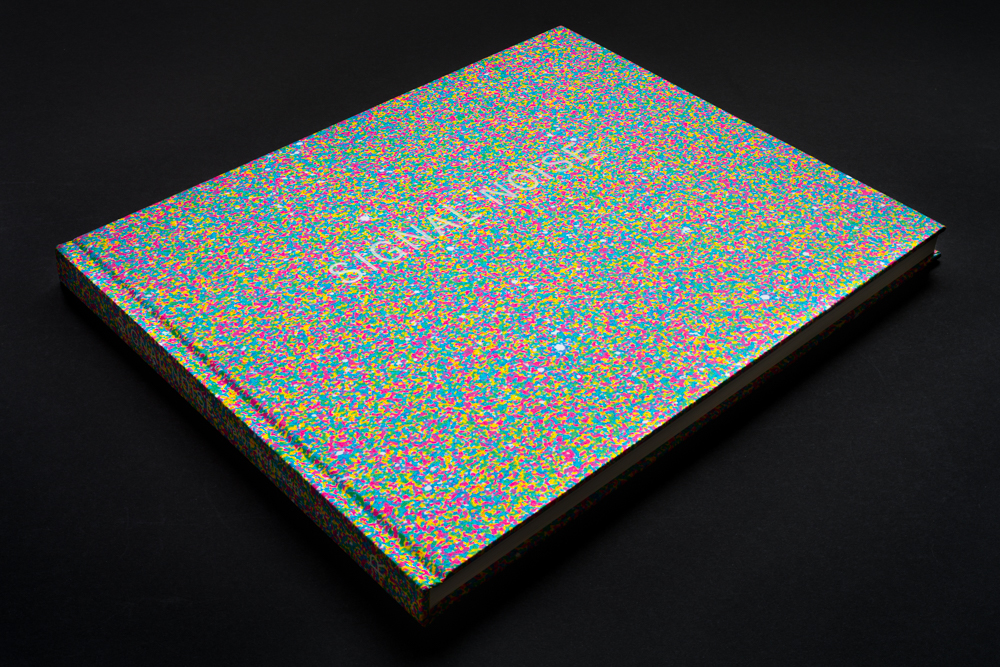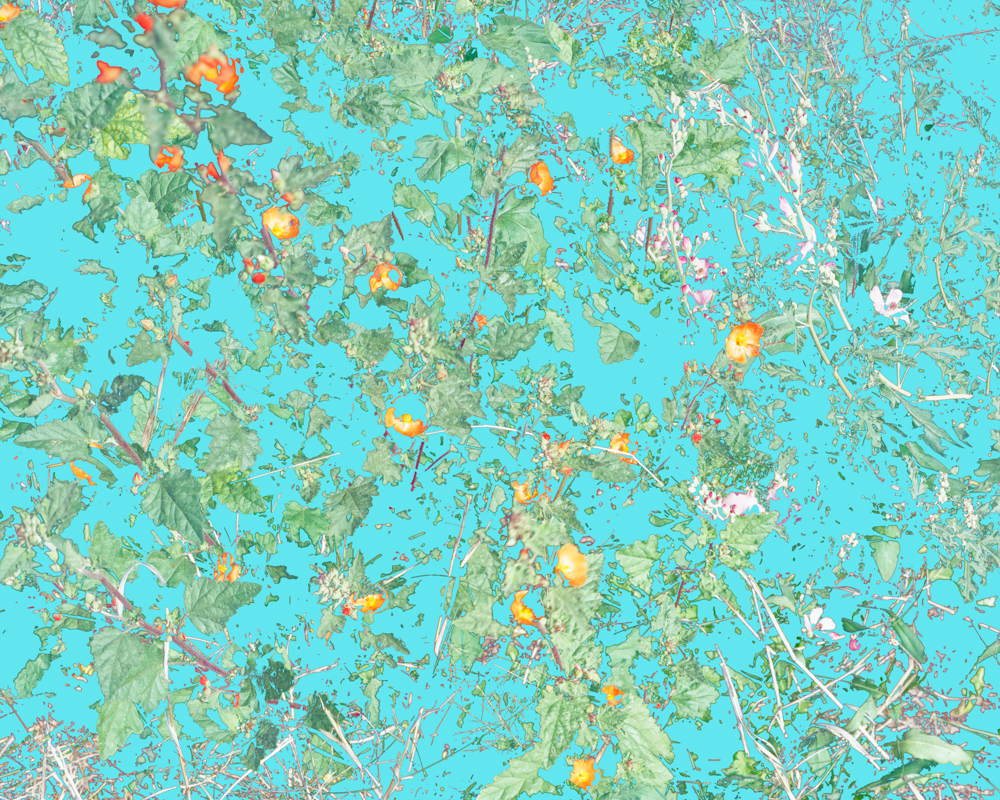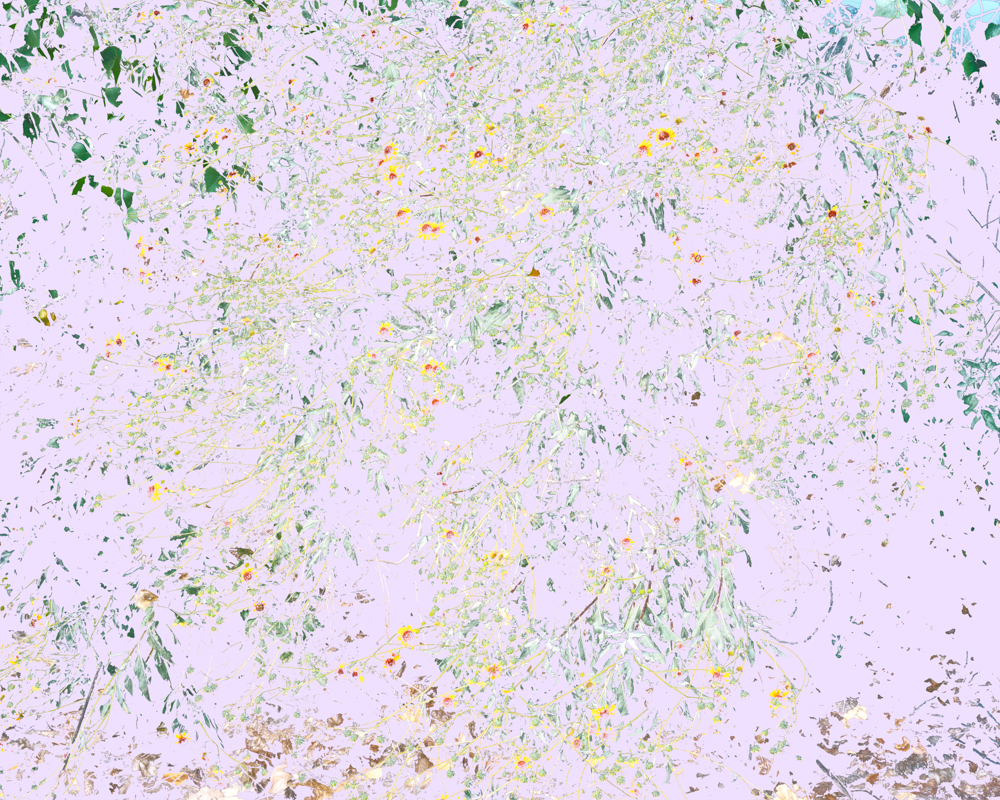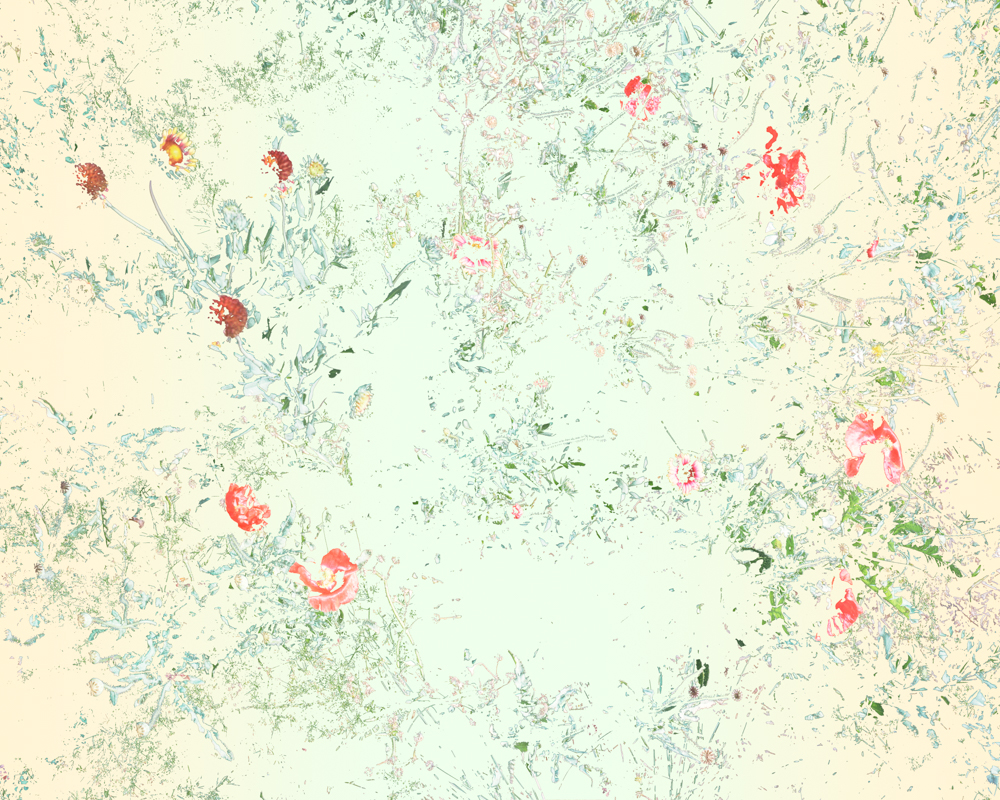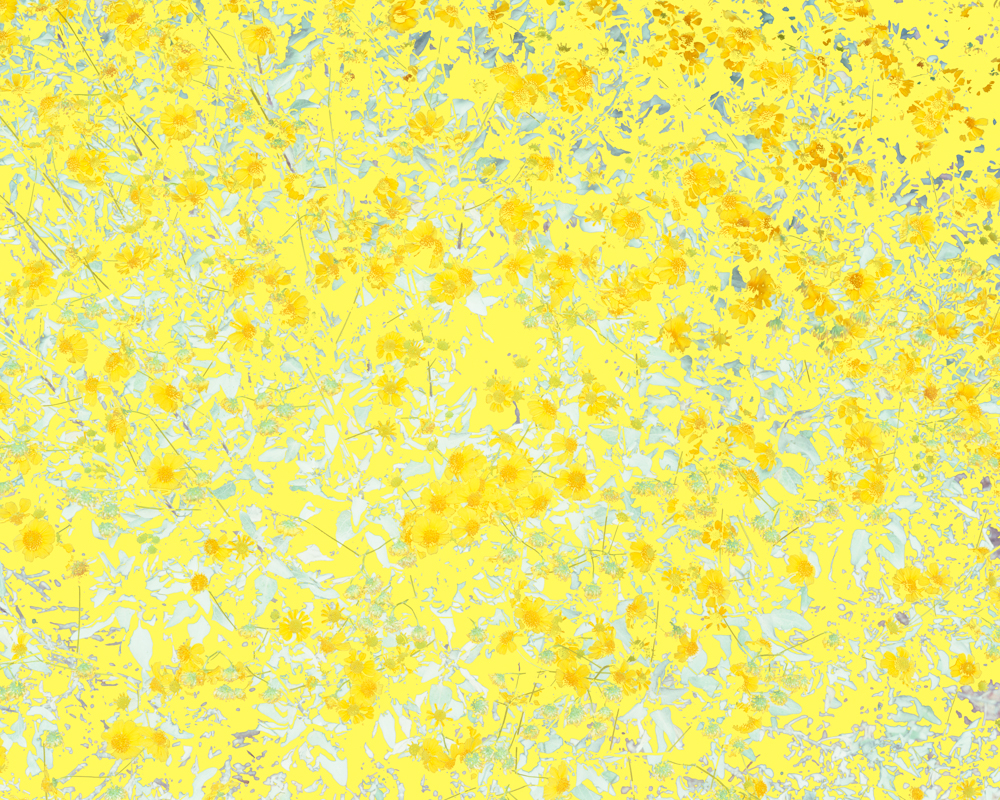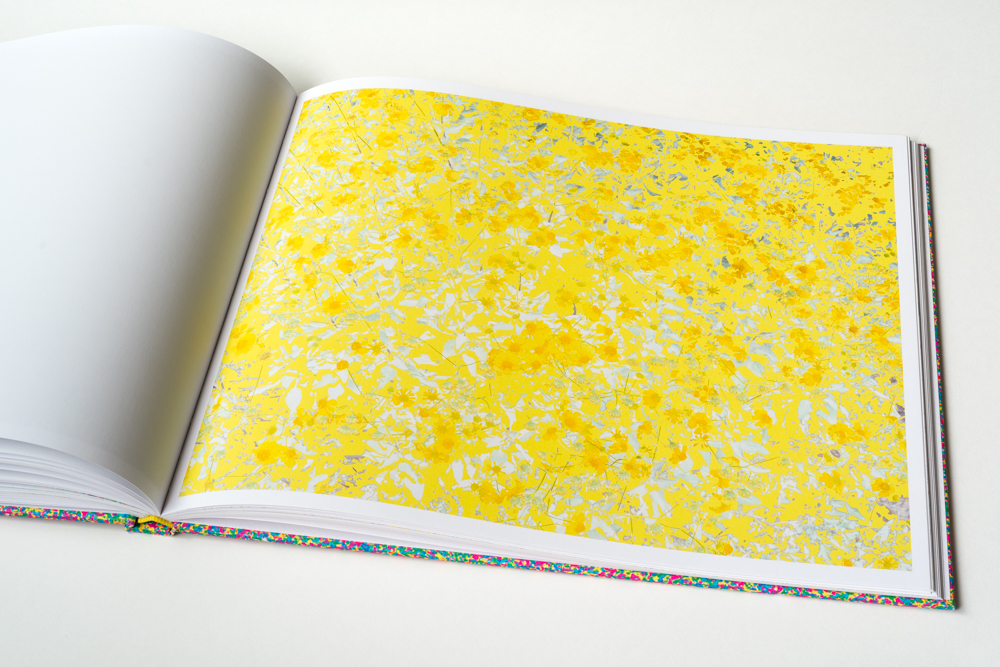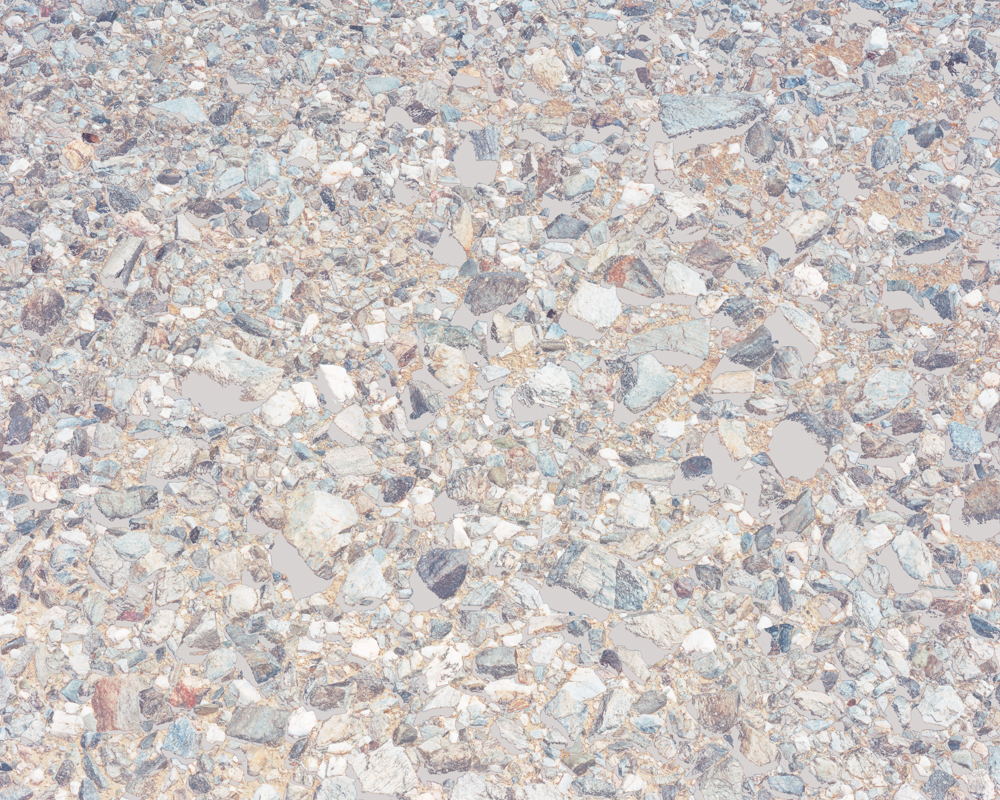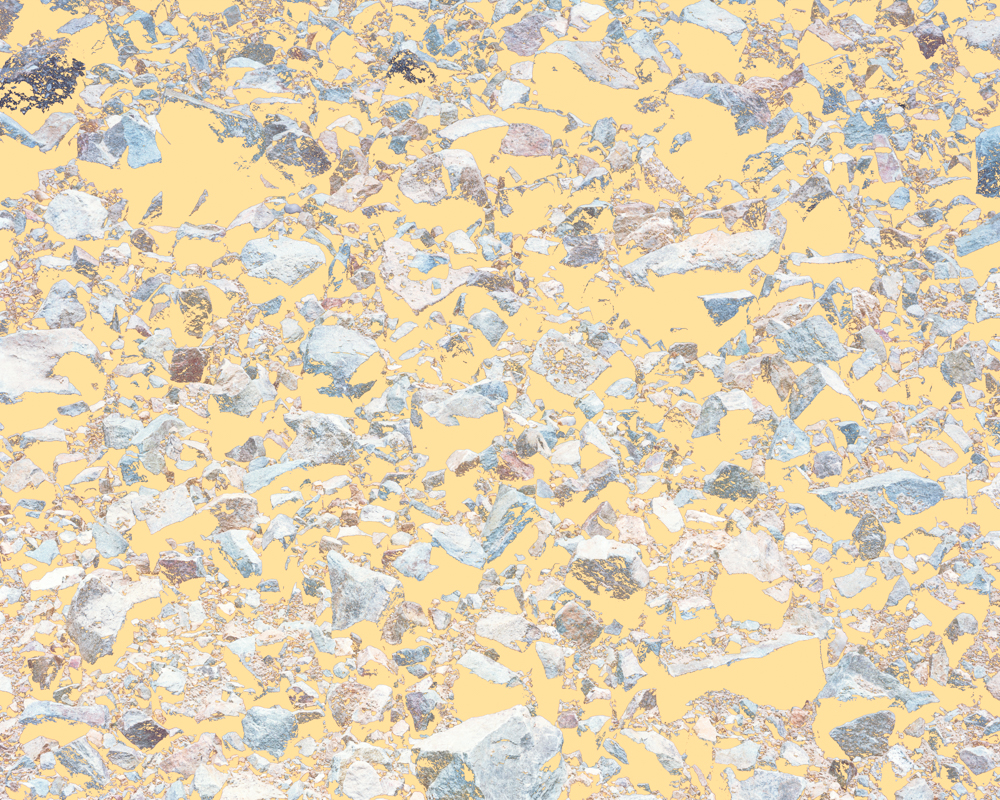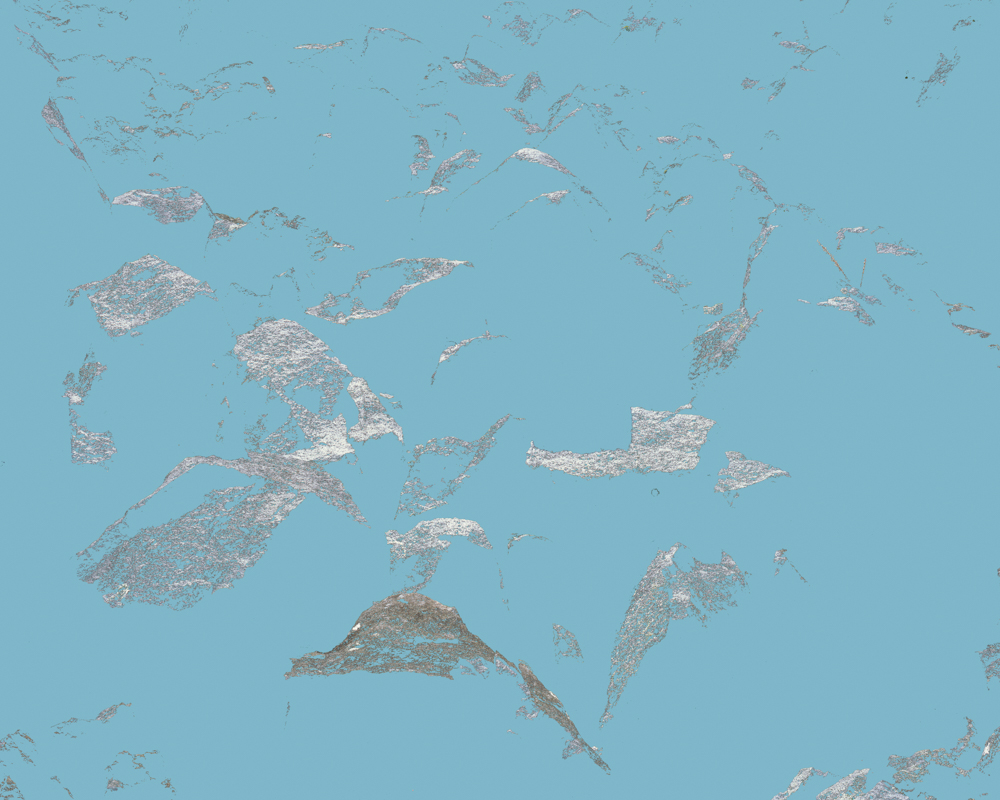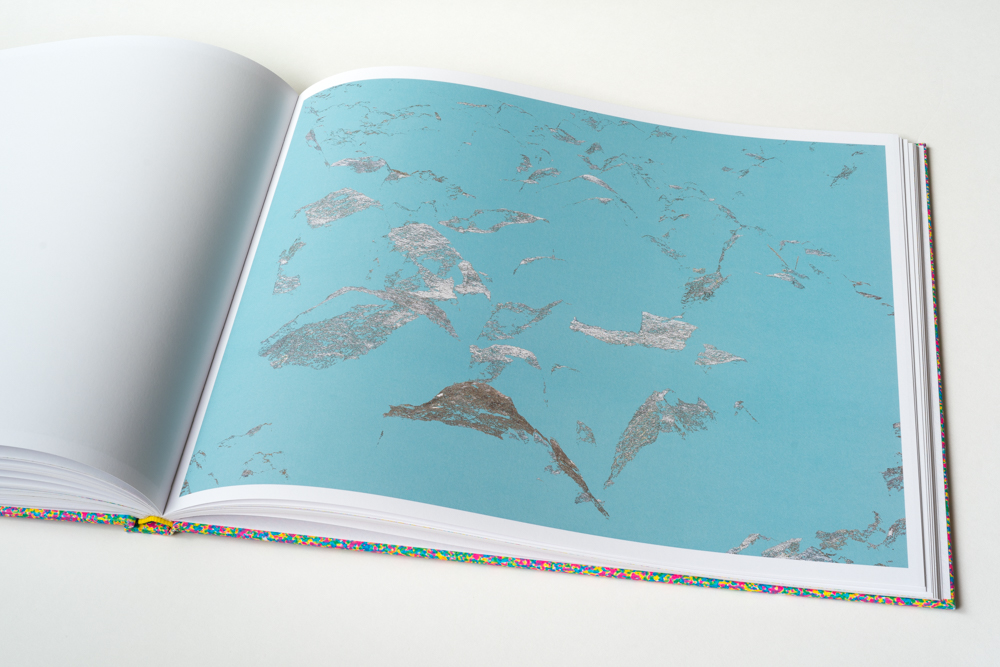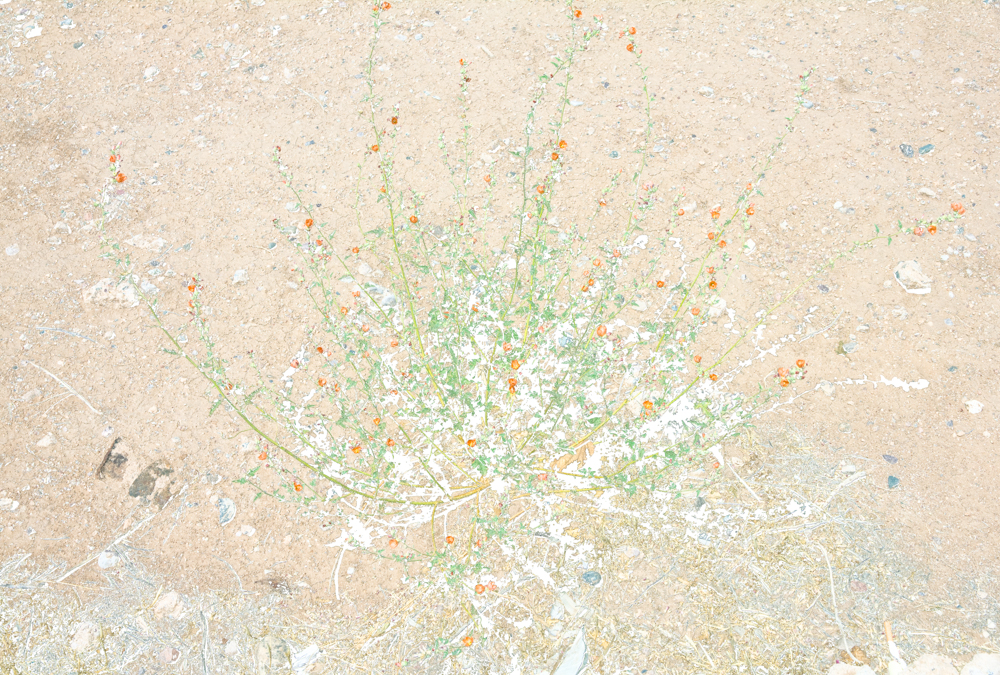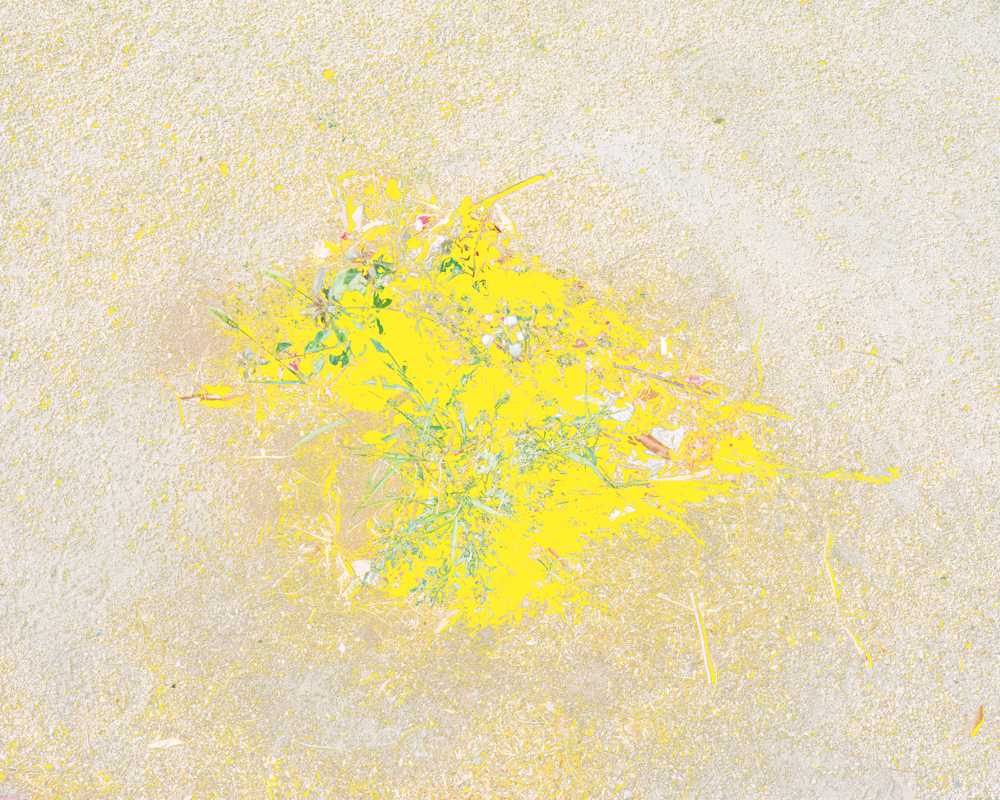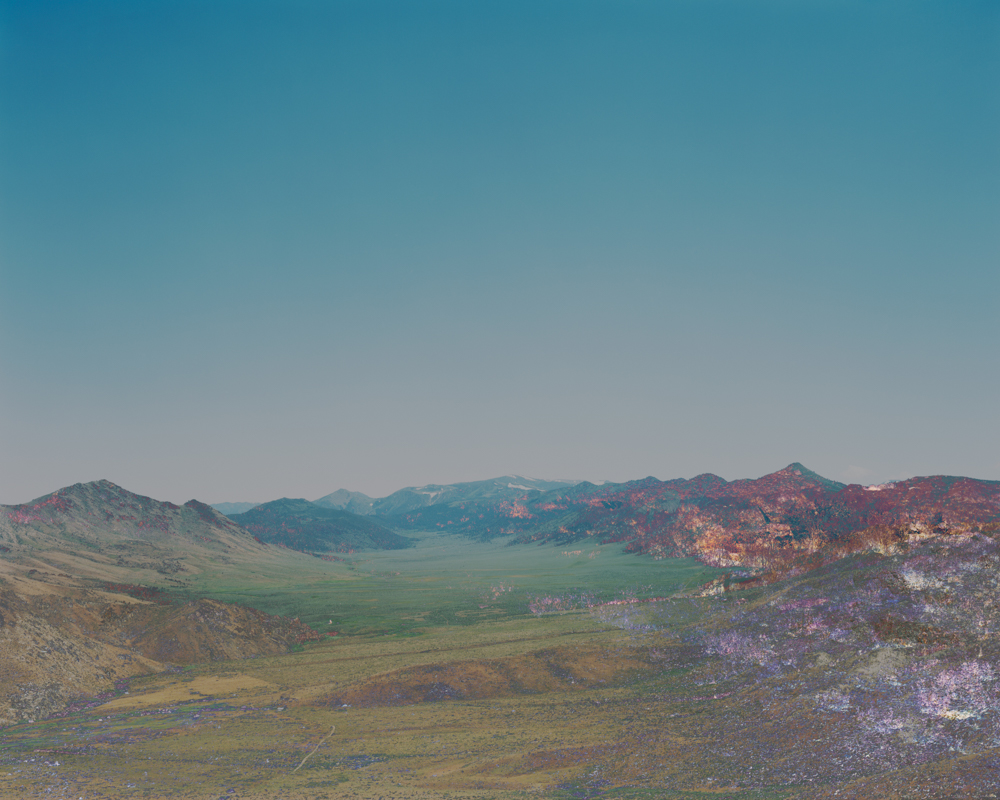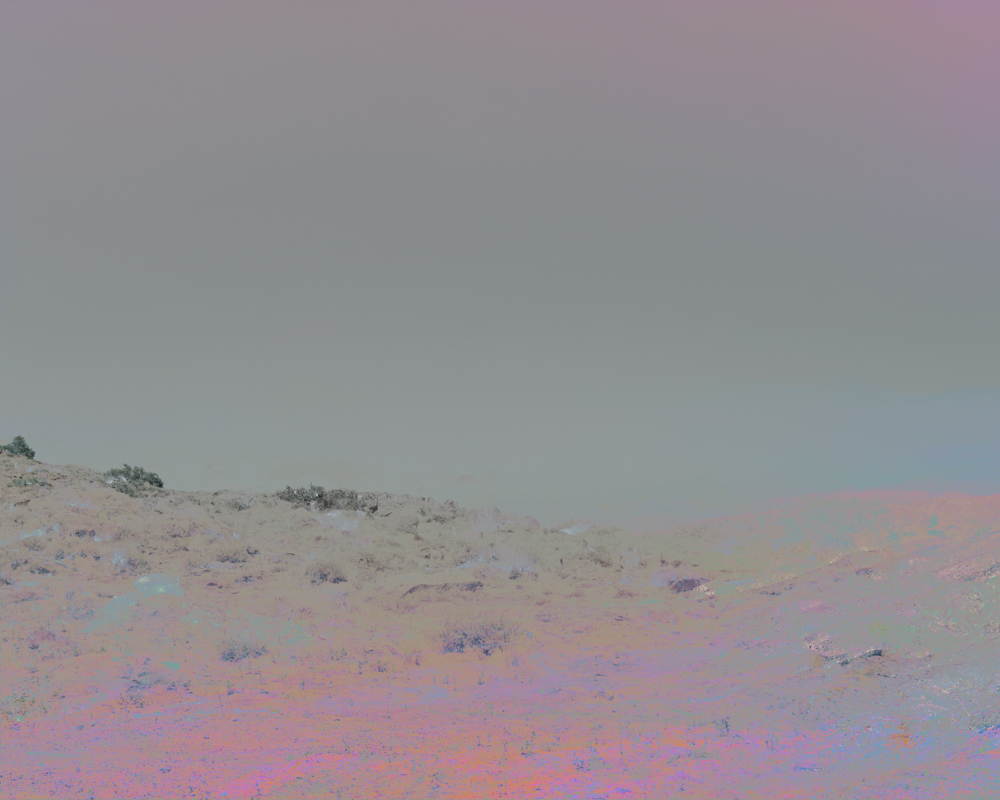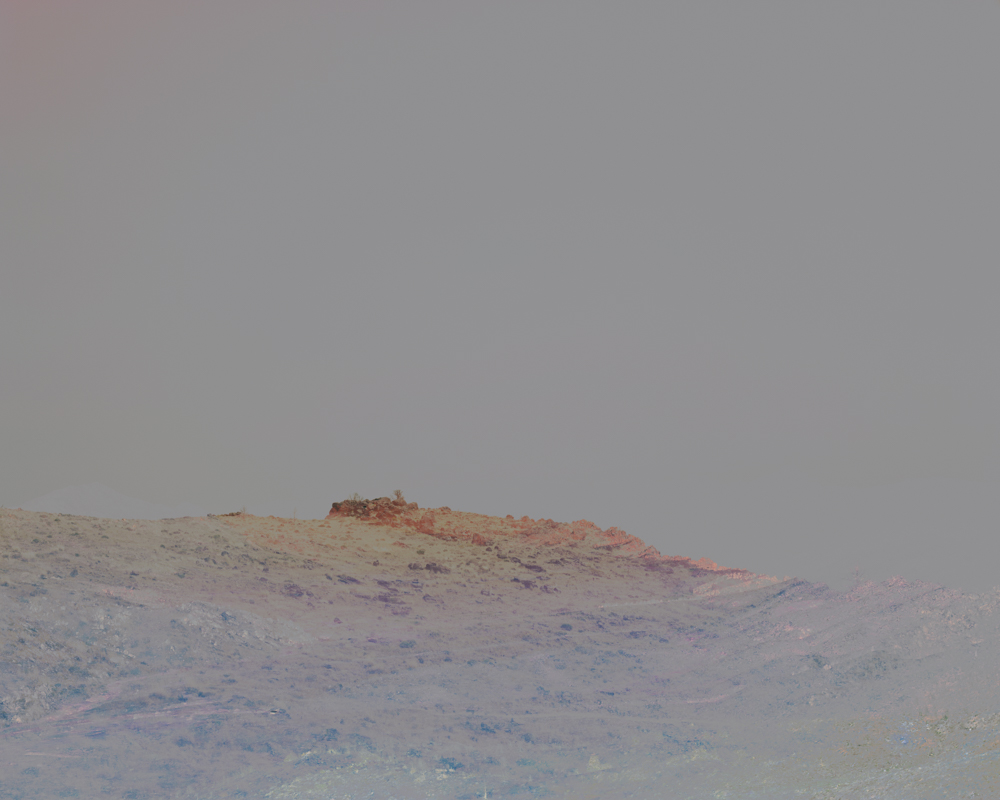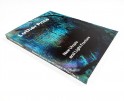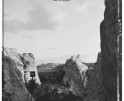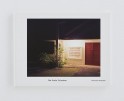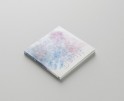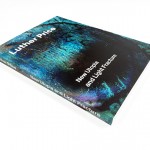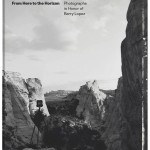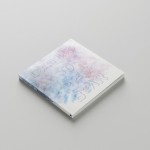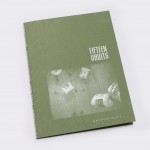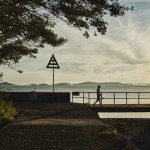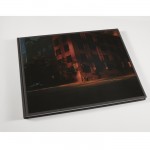Aaron Rothman: Signal Noise
In Aaron Rothman’s book Signal Noise (Radius Books, 2018) he approaches landscape photography using digital transformations- from slight manipulations to the ultimate processing which amplifies pure digital noise.
Upon opening the cover of the book, the stage is set with dualities – from the cover’s colorful and magical chaos to end sheets of pure light. The photographs within the book continue to pull at these opposing forces leaving one to consider reality versus what is virtual and, in that same vein, environmental beauty versus its ongoing adversities.
The photographs portray landscapes of the American West in a non-linear approach employing varying degrees of digital manipulation. In the book, a foldout clarifies the well thought out digital parameters used in each photograph which include reversed tonalities, multiple views layered together, replaced shadows and amplified digital noise.
Rothman manipulates with purpose, placing it on the front burner. There’s a joy and sense of freedom in observing the boundaries being pushed so far. Yet, technology brings skepticism as the viewer questions one’s own visual perception when viewing photographs within this digital age.
Landscape has been the primary focus of my work since I began making photographs. My images always begin with a personal sense of connection to the place and the time of photographing, but their final form comes about only after a long working process following the moment of initial exposure. How photography changes what it pictures is more important to me than how it copies it. The act of transforming the visible stuff of the world into silver, ink or pixels opens up the possibility of exploring things that cannot be seen or photographed directly. It can also act as a proxy for our processes of perception and cognition – a way to reveal the gap between the unknowable mystery of the world as it is and the version of it that is conjured in our minds.
About ten years ago, I realized that my experience of the natural landscape had changed in ways that I could not explore with traditional photographic approaches. It was increasingly mediated by digital devices and technology, and was also more and more colored by anxiety about climate change and other ubiquitous, but often invisible, effects of human presence on the systems of the natural world. I began experimenting with extreme digital alteration of my images, expanding my language of landscape photography to better deal with the complexities and contradictions of my current subjective experience, as well as those of our collective presence in the natural landscape.
This work uses a variety of strategies for digital alteration: layering different visual information from multiple images together; removing predetermined parts of images; creating artificial amplification, reversals, artifacts and defects. I establish parameters that combine photographic image and digital processing to produce an overall and unpredictable transformation. Images emerge which, while obviously digitally produced, also appear strangely organic. Interspersed with these, a handful unaltered images anchor the work in the space of the real world, while simultaneously casting doubt about what is real and what is a figment of photographic, perceptual or human alteration.
Merging a subjective perceptual experience of landscape with an intellectual awareness of our collective impact on the physical environment, I want the work to occupy ambiguous zones between the dualities that have defined our relationship with the natural world: the human and the wild, natural and artificial, physical and virtual, figure and ground. My aim is to reframe our position in the world we inhabit in a way that prompts self-reflection and embraces ambiguity, uncertainty and messiness. – Aaron Rothman
Aaron Rothman is an artist whose work explores contemporary issues in landscape. His artwork has been exhibited in solo and group exhibitions nationally and internationally, including exhibitions at the Pennsylvania Academy of the Fine Arts, the University of Virginia, the Scottsdale Museum of Contemporary Art, the Cheekwood Museum of Art, Phoenix Art Museum, and Rick Wester Fine Art and Gitterman Gallery in New York.
In addition to his studio work, Aaron recently served as Photo Editor at Places Journal, where he wrote essays and curates art and photography features on landscape, architecture and urbanism. Aaron’s writings have also been published in Photo-Eye Magazine and The Caravan.
Aaron has a BA from Grinnell College, an MFA from Arizona State University and held a Research Assistant Fellowship at the Lacoste School of Arts in Lacoste, France. Aaron has taught photography at the Memphis College of Art and at Arizona State University, and managed projects for the Phoenix Urban Research Laboratory, a research and outreach program of Arizona State University’s Design School.
Aaron lives and works in Phoenix, Arizona.
Aaron’s work is represented by Rick Wester Fine Art, in New York.
Aaron Rothman is an artist whose work explores contemporary issues in landscape. His artwork has been exhibited in solo and group exhibitions nationally and internationally, including exhibitions at the Scottsdale Museum of Contemporary Art, the Pennsylvania Academy of the Fine Arts, Phoenix Art Museum, the Cheekwood Museum of Art, the University of Virginia, and Rick Wester Fine Art and Gitterman Gallery in New York. A monograph of his work, “Signal Noise” was published in 2018 by Radius Books. An exhibition of works from Signal Noise is planned for early 2020 at the Cleveland Museum of Art at Transformer Station.
In addition to his studio work, Aaron writes essays and curates art and photography features on landscape, architecture and urbanism for Places Journal. Aaron’s writings have also been published in Photo-Eye Magazine and The Caravan.
Aaron has a BA from Grinnell College, an MFA from Arizona State University and held a Research Assistant Fellowship at the Lacoste School of Arts in Lacoste, France. Aaron has taught photography at the Memphis College of Art and at Arizona State University, and managed projects for the Phoenix Urban Research Laboratory, a program of Arizona State University’s Design School.
Aaron lives and works in Phoenix, Arizona.
Posts on Lenscratch may not be reproduced without the permission of the Lenscratch staff and the photographer.
Recommended
-
Luther Price: New Utopia and Light Fracture Presented by VSW PressApril 7th, 2024
-
From Here to the Horizon: Photographs in Honor of Barry LopezApril 3rd, 2024
-
Shinichiro Nagasawa: The Bonin IslandersApril 2nd, 2024
-
Kristine Nyborg: Learning to Speak BearApril 1st, 2024

